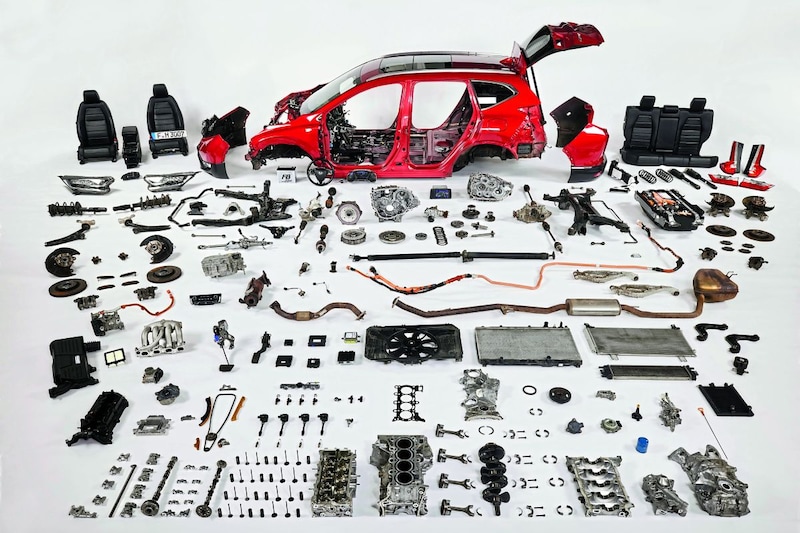
AutoBild’s colleagues have put 100,000 kilometers on the full hybrid Honda CR-V e:HEV AWD. To get straight to the point: he was not equally convincing in all situations. However, when they took it apart, they were still impressed by its durability, despite the traces of rust.
This was noticed when disassembling the hybrid SUV:
The engine shows no measurable wear, apart from two small spots with oil residue, but everything is within standards. The cylinder head, connecting rod bearings and timing chain showed no noticeable issues.
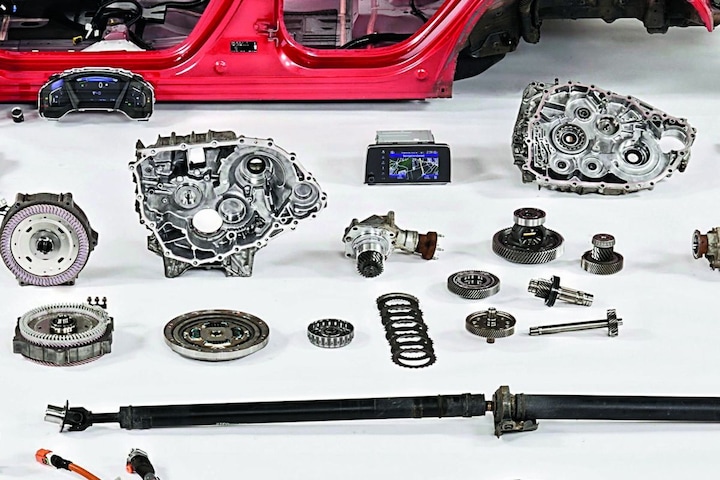
A turbo and direct injection are missing in this engine: the valves are unusually clean:
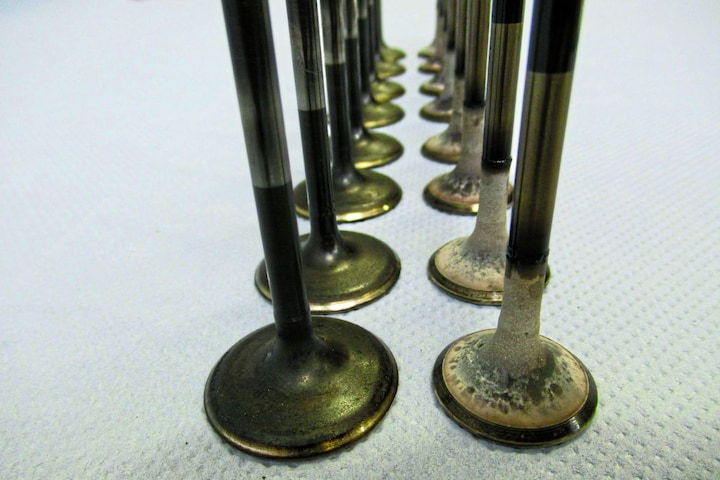
Despite the mileage, the magnet does not show excessive traces of wear:
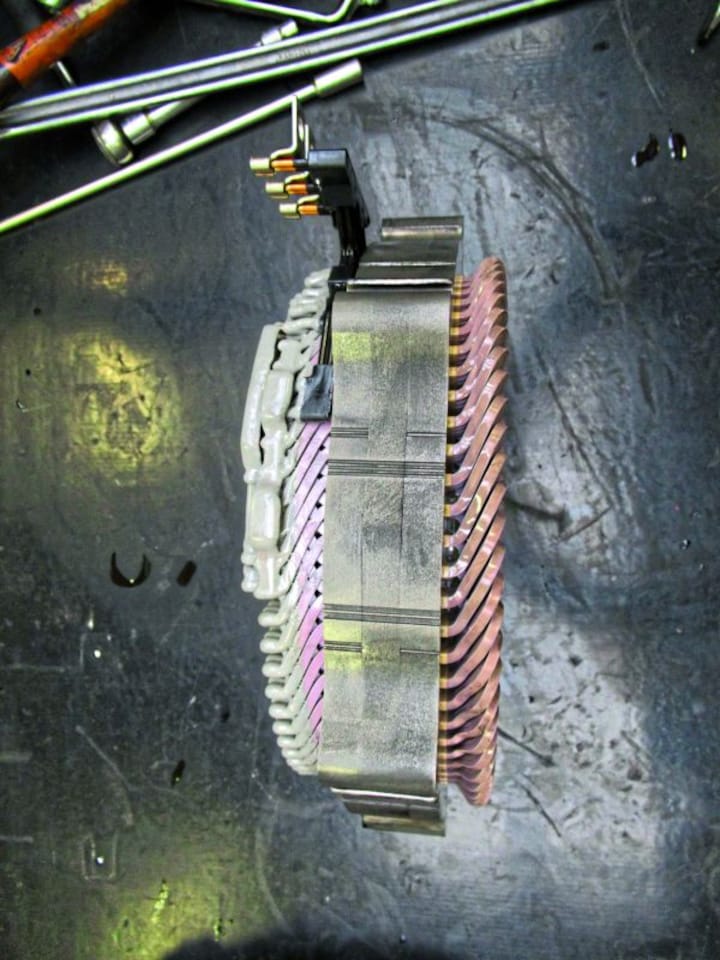
The coupling is still in good condition and no heat traces are visible:
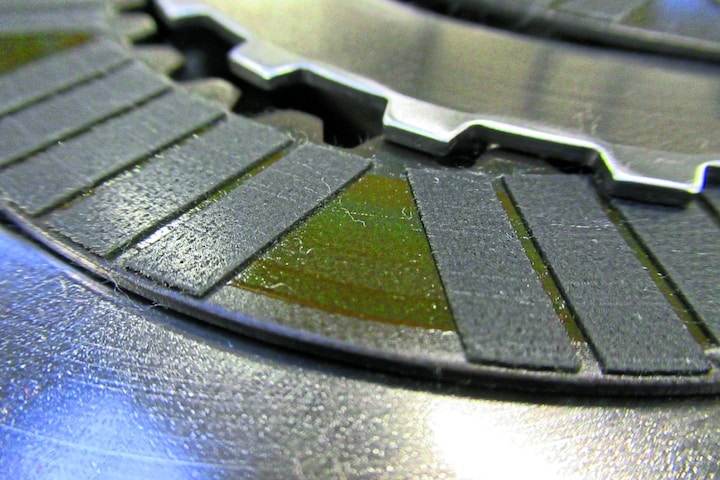
The bodywork shows signs of corrosion on the crash box, sheet metal edges, weld points, studs, screws, around some openings and in front of the rear axle:
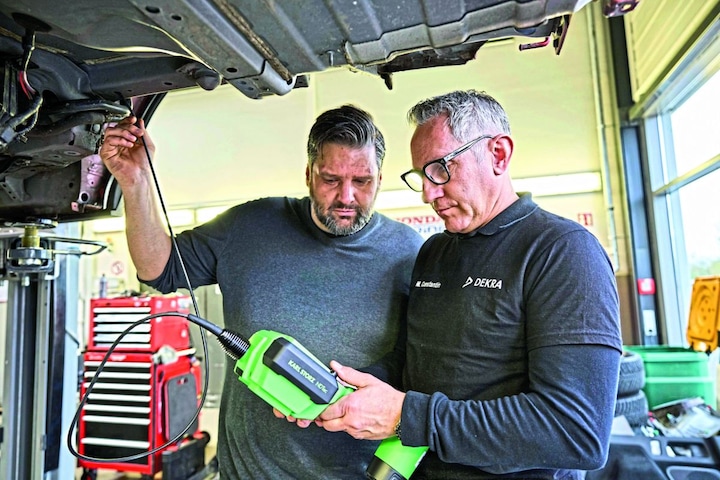
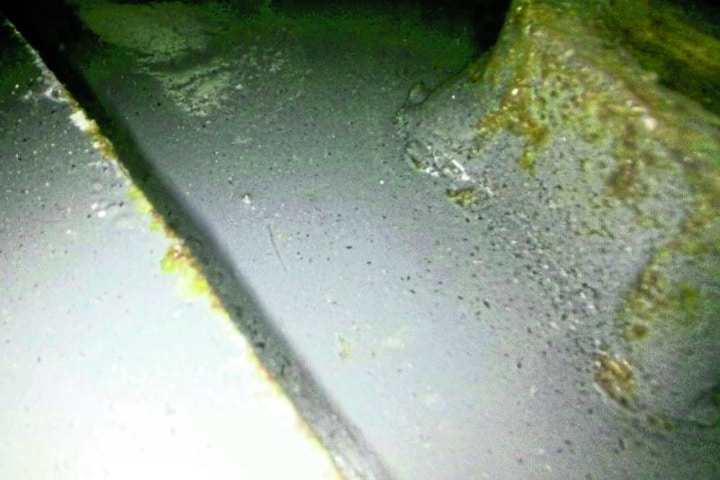
Beginning corrosion can be seen in the sill on the left. The cavities have not had any anti-rust treatment.
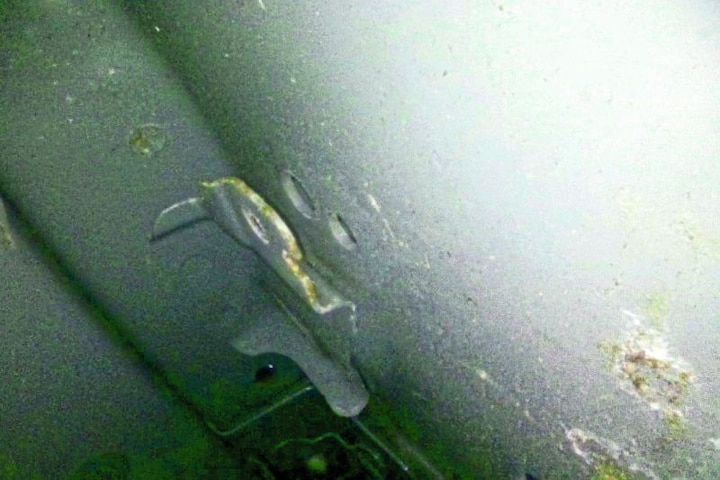
The seats still offer a firm seat after 100,000 km. Only the driver’s seat shows signs of wear; the upholstery of the chair is worn out. Not visible in the photo: the carpets have held up well, there are no loose threads. The leather upholstery of the driver’s seat is loose, but the seat has not sagged.
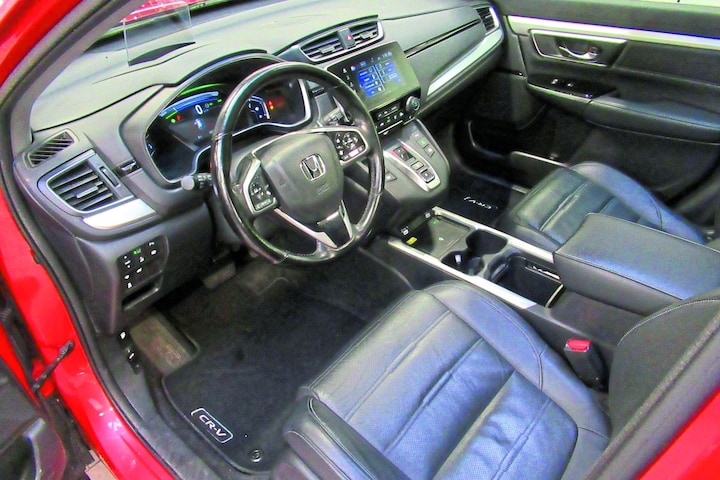
This is what the AutoBild editors thought of the Honda CR-V:
Since the Japanese have lost interest in the troubled diesel market (already mainly a European story) and are focusing on full-fledged hybrids, the brands from the land of the rising sun have a problem. They must avoid the patents of hybrid pioneer Toyota, such as the patent relating to the planetary gearbox. Honda’s solution to solve that problem is certainly original. The CR-V’s hybrid system has three operating modes: the CR-V e:HE starts off electrically from a standstill, but the charge of the small 1.5 kWh battery is only sufficient to get to the next block. The system then switches to operating mode two, which it also does under heavy acceleration. You notice this, because then the petrol engine wakes up audibly (something that has often been criticized in the logbook) and then acts as a power generator without directly driving the wheels. These are propelled electrically using electricity produced by the petrol engine.
From 80 km/h in Engine Drive
That is what Honda means by a hybrid drivetrain. From 80 km/h, the Smart Drive system switches to the third mode, Engine Drive, which remains engaged until approximately 120 km/h. Then a clutch between the petrol engine and the drive shaft is activated and the electric motor is disconnected. The SUV now runs on the combustion engine. This happens in a favorable speed range, so that Honda can do without a conventional gearbox (and expensive Toyota patents). If you drive even faster, the system switches back to operating mode two, with the petrol engine as a permanently running range extender. AutoBild’s experience is in line with that of AutoWeek and is ambivalent: it all sounds very complex, but it worked without any problems until the end of the test.
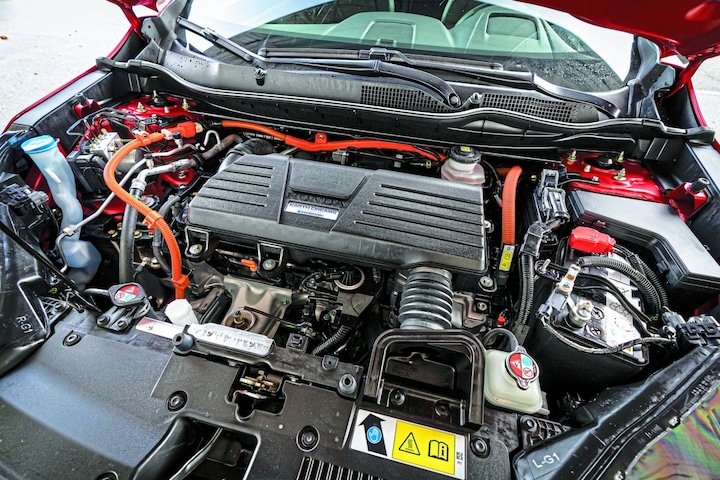
No longer economical from 130 km/h
However, when driving a little faster on the highway, at speeds of, say, 130 km/h (which Germans can and often do), any advantage in terms of fuel consumption disappears. It is clear that the e:HEV is mainly made for the important American market and the Japanese home market, where a maximum speed of 100 km/h applies. In short, ideal for gliding along the A2, but if you take a stretch of the autobahn, it becomes a completely different story. This is evident from the difference between the test consumption in the standard Aut0Bild consumption lap (7.0 l/100 km, 1 in 14.2) and the much higher continuous test consumption of 9.1 liters per 100 km, or about 1 at 11.
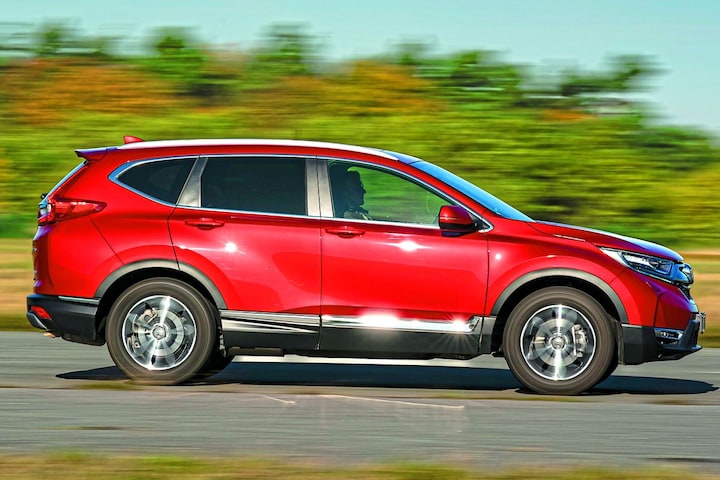
Anyone familiar with the refined diesel engines of older CR-Vs (2005 to 2016) will mourn having to listen to the thrum of the e:HEV engine. This is because the petrol engine often whines and revs to absurdly high speeds for no discernible reason. You can follow the ins and outs of the hybrid drive on the central display. It sometimes looks a bit like a pinball machine, switching back and forth so quickly between the different operating modes. Small consolation: the sixth generation of the CR-V has just been released and Honda has clearly worked on the smoothness and noise level of the hybrid drive.

You shouldn’t look for driving dynamics in a CR-V
The driving dynamics enthusiasts among our colleagues have noted many complaints in the Honda’s logbook (“A lot of noise and little drive!”, we read, for example). Those who can live with its somewhat unconventional character usually praise the sensitive steering, the chassis comfort, the equally comfortable seats, the space in the rear and the generous luggage space.
One of our colleagues has discovered a few hidden tricks: “The seat heating thinks for itself and, as it were, automatically places a log on top after a break with the doors open at low temperatures. And the part of the windshield under the windshield wipers can be heated, which is also practical. The glasses compartment in the roof liner near the interior mirror is also a nice idea.”
In the city it is once again noticeable that the developers’ focus was on the American market: it is 1.86 meters wide. The second generation from 2001, which was not even that narrow, was no less than seven centimeters narrower.
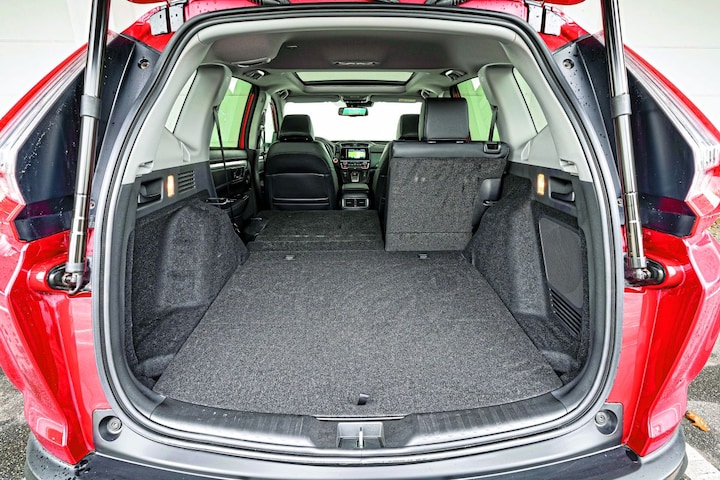
Another observation: rust formation is increasing again in the cars that we subject to an endurance test. This is apparently a result of the use of aggressive liquid brine in the winter. In Austria, a devilish substance called calcium chloride is also used. Both stick to the car, and washing the underside can do little about that. Since it is not a new problem, the Japanese should also be aware of this problem and protect the cavities better.
Did they miss the Honda at AutoBild after the endurance test?
Yes, because he drove very relaxed. You will come to appreciate his idiosyncrasy over time. The durability of the technology of this Honda is impressive: we have not seen such clean pistons and valves in a long time! However, its hybrid system only delivers lower fuel consumption if you drive calmly. The biggest enemy of this model is rust. In any case, we have recently been seeing more and more traces of rust in our endurance testers after the 100,000 km test. The only thing that helps against the increasingly aggressive road salt is better protection of the cavities. Time for action, car manufacturers!
This is what the manufacturer says…
…about the not really low consumption on the highway:
“Our Multi-Mode Drive system is optimized for the average daily commute. Unlike other European countries, speeds of more than 120 km/h are permitted in Germany. The fuel consumption you calculated corresponds to our expectations.”
…on the signs of corrosion and apparent lack of rust protection of the CR-V’s cavities:
“Given the age and mileage, this is within the range we expect. There is no immediate need for action. Our extended warranty provides peace of mind to our customers.”
…about loosening the driver’s seat upholstery:
“Given the mileage and the large number of different riders, we think this wear is at an acceptable level.”
– Thanks for information from Autoweek.nl